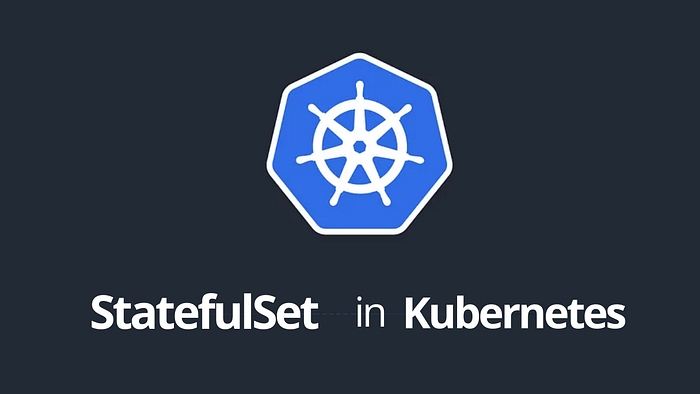Understanding Kubernetes: Part 7 -StatefulSet

If you’ve been following our Kubernetes series 2025, welcome back! For new readers, check out Part 6: Understanding Kubernetes: Part 6 -DaemonSets
What is a StatefulSet in Kubernetes?
A StatefulSet in Kubernetes is a resource used to manage stateful applications that require stable, unique network identities and persistent storage. Unlike a Deployment or ReplicaSet, a StatefulSet ensures the pods are created and scaled in a predictable order, making it ideal for applications like databases, distributed systems, and queues.
For example:
If you are deploying a distributed database like Cassandra or a message queue like RabbitMQ, each pod in the StatefulSet needs a unique identity and persistent storage to maintain its state even if the pod restarts. A StatefulSet ensures that each pod gets a consistent hostname and access to its own storage volume.
StatefulSet Capabilities:
Stable Network Identity: Each pod has a predictable name (e.g.,
app-0,app-1).Persistent Storage: Each pod gets its own persistent volume, which is retained even after the pod is deleted.
Ordered Scaling and Updates: Pods are created, deleted, and updated in a defined sequence.
Resilience: Ensures data consistency and availability in stateful workloads.
In my previous role:
As a Senior DevOps Engineer, I used StatefulSets to deploy a MongoDB cluster in our Kubernetes environment. Each pod required a unique hostname for the replica set configuration and its own persistent volume to store data. The StatefulSet ensured that the MongoDB pods (mongo-0, mongo-1, mongo-2) were created in order, with each pod accessing its dedicated storage. During a scale-up, the StatefulSet added new pods sequentially, maintaining the application’s stability. This setup helped us achieve high availability and data resilience for our backend services.
Here’s a simple YAML for deploying a StatefulSet:
This StatefulSet ensures a three-node MongoDB cluster with stable identities and persistent storage for each pod, making it a robust solution for managing stateful applications in Kubernetes.
🚀 Ready to Master Kubernetes?
Take your Kubernetes journey to the next level with the Master Kubernetes: Zero to Hero course! 🌟 Whether you’re a beginner or aiming to sharpen your skills, this hands-on course covers:
✅ Kubernetes Basics — Grasp essential concepts like nodes, pods, and services. ✅ Advanced Scaling — Learn HPA, VPA, and resource optimization. ✅ Monitoring Tools — Master Prometheus, Grafana, and AlertManager. ✅ Real-World Scenarios — Build production-ready Kubernetes setups.
🎓 What You’ll Achieve
💡 Confidently deploy and manage Kubernetes clusters. 🛡️ Secure applications with ConfigMaps and Secrets. 📈 Optimize and monitor resources for peak performance.
🔥 Start Learning Now: [Join the Master Kubernetes Course](https://cloudops0.gumroad.com/l/k8s)
Don’t miss your chance to become a Kubernetes expert! 💻✨
🚀 Stay ahead in DevOps and SRE! 🔔 Subscribe now and never miss a beat on Kubernetes and more. 🌟
Last updated